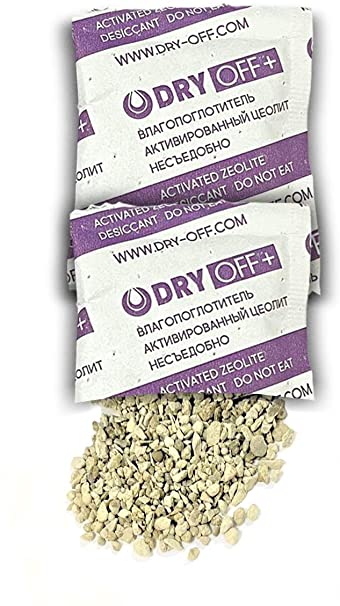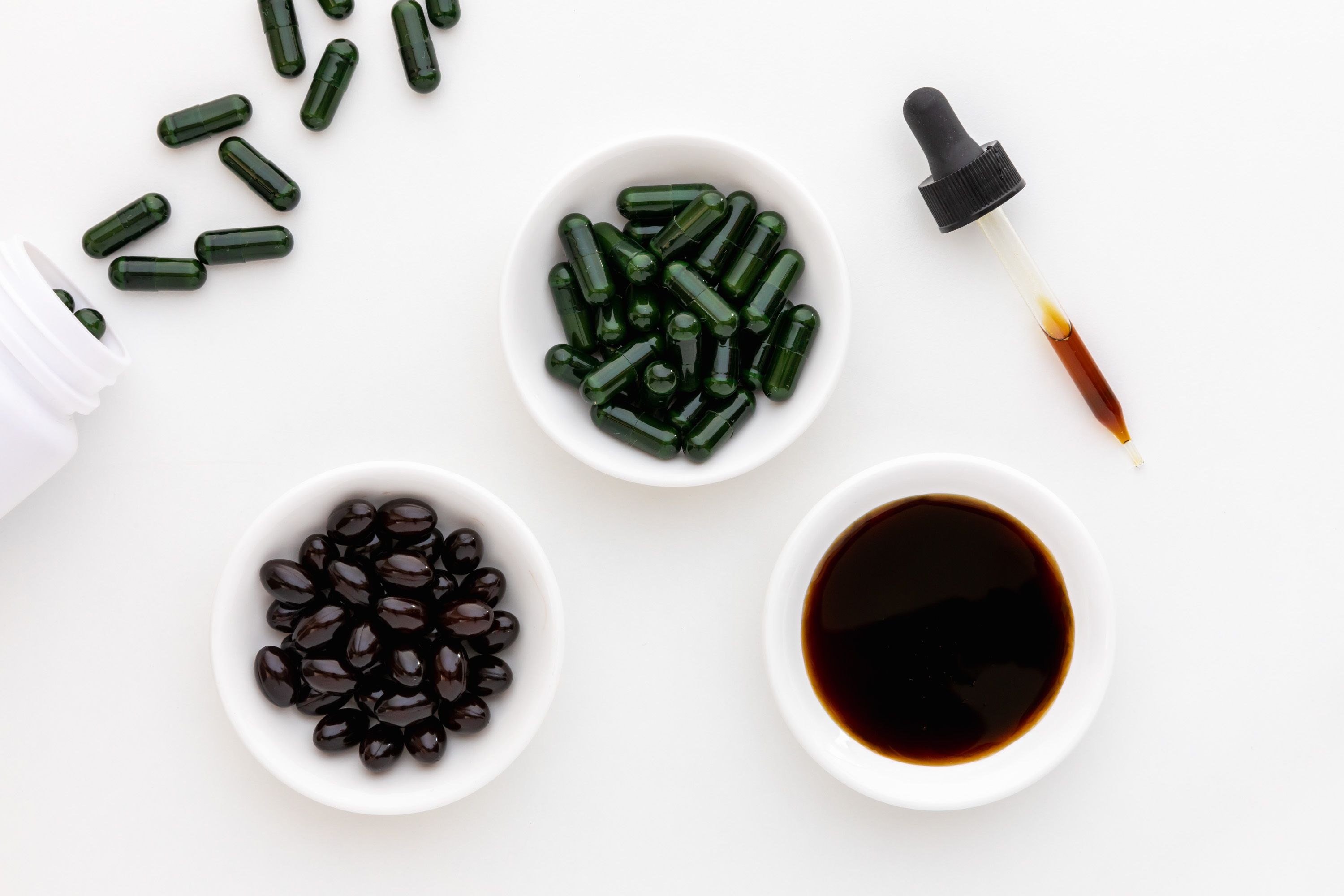
There is no doubt that your heart health is a big concern. You can easily incorporate healthy foods into your daily diet. You might also want to consider avocados, tomatoes, and other healthy foods. These foods are loaded with nutrients, such as the antioxidant betacryptoxanthin, flavonoids vitamin C, potassium, folate and vitamin A. Consume the whole fruit to get maximum benefits. Tomatoes, for example, are a great source of antioxidants like lycopene and beta-carotene, potassium, folate, and fiber. They are also high in antioxidants and have been associated with heart disease.
Oranges are great for the heart. High levels of flavonoids in oranges are known to have antioxidant properties. Flavonoids help control blood pressure and may ward off atherosclerosis. They also contain fiber, potassium, and other nutrients. If you don't have an allergy to citrus fruits, make sure that the navel is large. Avoid potential heart problems by eating oranges that aren't overripe. They contain flavonoids that help lower blood pressure.
Beans are another food that's great for your heart. Research has shown beans have the ability to lower blood pressure and increase cholesterol. You can find beans in many recipes, including chocolate baked goods and black bean dip. Swiss chard is another leafy green that is good for your heart. The chlorophyll in this vegetable helps regulate blood pressure and cholesterol. It's also high in fiber and is good for your health. Banana bread should be made with whole wheat flour, not all-purpose.
Asparagus is rich in vitamin C and an excellent antioxidant. It can be eaten raw or cooked. However, you will find it tastes even better when you combine it with other fruits in fresh fruit salads. Cantaloupe, spinach, and acorn squash are the best heart-healthy food options. In addition to their high amount of beta-carotene and lutein, they contain B-complex vitamins, folate, and fiber.
Berry is another good food for your heart. High levels of fiber and antioxidants make it one the most heart-healthy foods. Particularly blueberries, strawberries, and raspberries are high in anthocyanins. This lowers blood pressure and supports blood vessel function. Your risk of developing heart disease can be reduced by as much as 15% by eating a cup of these berries every day. These foods are delicious and you can enjoy all the benefits.

Almonds are another heart-healthy option. They are versatile, easy to cook, and delicious. They can be added to yogurt or salad. You can also add them salmon, quinoa, or rice. Almonds can be added to many dishes including salads, yogurt and healthy trail mixes. But they should be eaten in moderation. They can be high in saturated fats and calories, and should be limited in consumption.
Legumes are another healthy food for the heart. These include lentils, black-eyed peas, and all types of beans. They are high in soluble fiber which lowers cholesterol, triglycerides, and reduces the risk for cardiovascular disease. They can also reduce cholesterol because they contain low amounts of saturated fat. Low-fat foods are the best for your heart health.
Apples are also good for the heart. These fruits contain high levels of fiber and antioxidants. They can reduce blood pressure and help prevent heart disease. These antioxidants decrease the risk of developing heart disease and stroke. As it has many nutrients and fiber, avocado skins should be kept on if you wish to consume it every day. The skin of an apple is the most beneficial part of the fruit.

Whole grains are an excellent source of omega-3 fat acids. They lower blood pressure and reduce the risk for heart disease. Popcorn is another great source for whole grain. Air-popped popcorn will help you avoid excess sodium. Float your spoon in it and you'll be surprised at how much goodness you can get from it. Even though it is difficult to visualize what you might have to do, stay away from processed and deep-fried foods.
FAQ
How much does it cost to go to culinary school?
Prices for Culinary School vary depending upon where you go, what program you select, and how long you stay there. Tuition costs range from $10,000 to $30,000. The majority of students graduate with around $20,000 in student debt. However, some programs offer scholarships, grants, and work-study opportunities.
Which is the best method to store leftovers?
Tupperware containers are great for storing leftovers. These containers are great for keeping food fresh and preventing odors from growing. They also keep foods warm longer. You can freeze leftover food in freezer bags. To prevent air from escaping, freeze food in a bag. Once the food is frozen place it in an airtight container, such as a zip lock bag.
How to become a chef
There are many ways to become a chef. Start by enrolling in a class at a vocational school or community college. You can then look into going to culinary school. Finally, consider a paid internship.
Statistics
- under 10 Kids have been taught that there is special food just for them, and Fiese says that 10 percent of kids will throw a tantrum if they don't get the food they want. (washingtonpost.com)
- You'll be amazed that over 90% of CIA students receive scholarships and grants to finish their culinary studies. (ischoolconnect.com)
- In the United States, the category is estimated at $23.2 billion annually and is growing faster than the market. (washingtonpost.com)
External Links
How To
How to cook a steak
The thickness and cooking method of any kind of meat will affect the way it is cooked. For example, thinner steaks are best cooked over low heat, while thicker ones need higher temperatures.
It's important to not overcook the steaks as they will lose their taste. Remember to take your steak out of the oven when it's done. You won't burn.
The size and desired doneness of the steak will affect the cooking time. Here are some guidelines:
Medium Rare: Cook until medium rare, which means the internal temperature reaches 145degF (63degC). This can take anywhere from 3 to 5 minutes per side.
Medium: Cook to medium (or until the internal temperature reaches 160degF/71degC). This takes approximately 6 minutes per side.
Well Done: Cook until well done, which means the internal temps reach 180degF (82degC). This can take between 8-12 minutes per side.